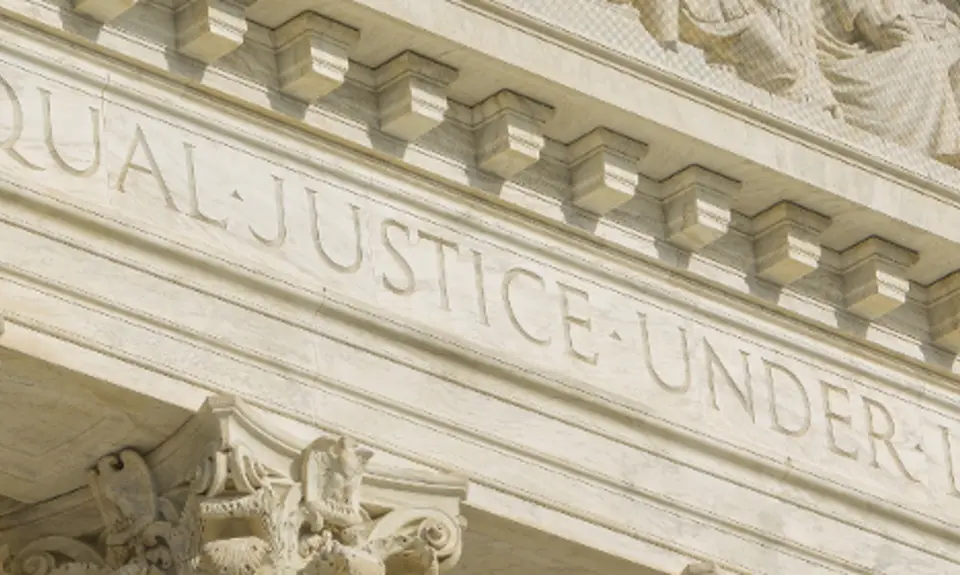This morning, the Supreme Court announced that it will hear an extremely important case next term on political gerrymandering: Gill v. Whitford. This case has the potential to help make Congress and state legislatures truly democratic, by ensuring that voters choose their representatives. Or, alternatively, it could make it even easier for representatives to choose their voters, essentially guaranteeing that the majority party cannot be removed from power absent an enormous wave election.
The Constitution mandates decennial reapportionment and redistricting of congressional and state legislative districts to reflect population shifts. Legislatures consider factors like compactness, the principle of one-person-one-vote, geographic boundaries, county and city lines, and communities of interest in making these decisions. Unfortunately, they too often consider partisan politics: How can the party in power follow traditional redistricting principles in a way that maximizes the seats they win in each election?
With advances in computer technology and data collection, parties have been able to make very specific, house-by-house predictions of how people will vote and how lines can be drawn to maximize partisan advantage. That makes gerrymandering far more effective, and far more destructive to the democratic process.
As recently as 2015, the Court made clear that partisan gerrymanders are “incompatible with democratic principles.” But the Court has never identified an unconstitutional partisan gerrymander. In the past, the four most conservative justices (then including Antonin Scalia) have written that the courts should stay out of the issue altogether, while the four more progressive ones have disagreed. Justice Anthony Kennedy has always agreed with the conservatives that the particular redistricting plan before them should not be struck down, but he has always been with the moderates in stating that the federal courts could get involved in the issue if there were some “judicially discernible and manageable standard” available to identify and measure the impact of partisanship in redistricting.
That may be exactly what we have in Wisconsin. Voters shut out of power by that state’s partisan gerrymander presented a new neutral statistical standard (called the “efficiency gap”) to a three-judge district court panel. (The Brennan Center’s How the Efficiency Gap Works has additional information.)
The lower court agreed that this was exactly the type of standard that the Supreme Court was talking about, and it struck down the state redistricting plan as an unconstitutional partisan gerrymander.
The Supreme Court will hear the case next term. If they find that the “efficiency gap” model presents courts with a “judicially discernible and manageable standard,” then it will be a major step in moderating one of the most pernicious threats our democracy faces.
And it may all rest on Justice Kennedy.
